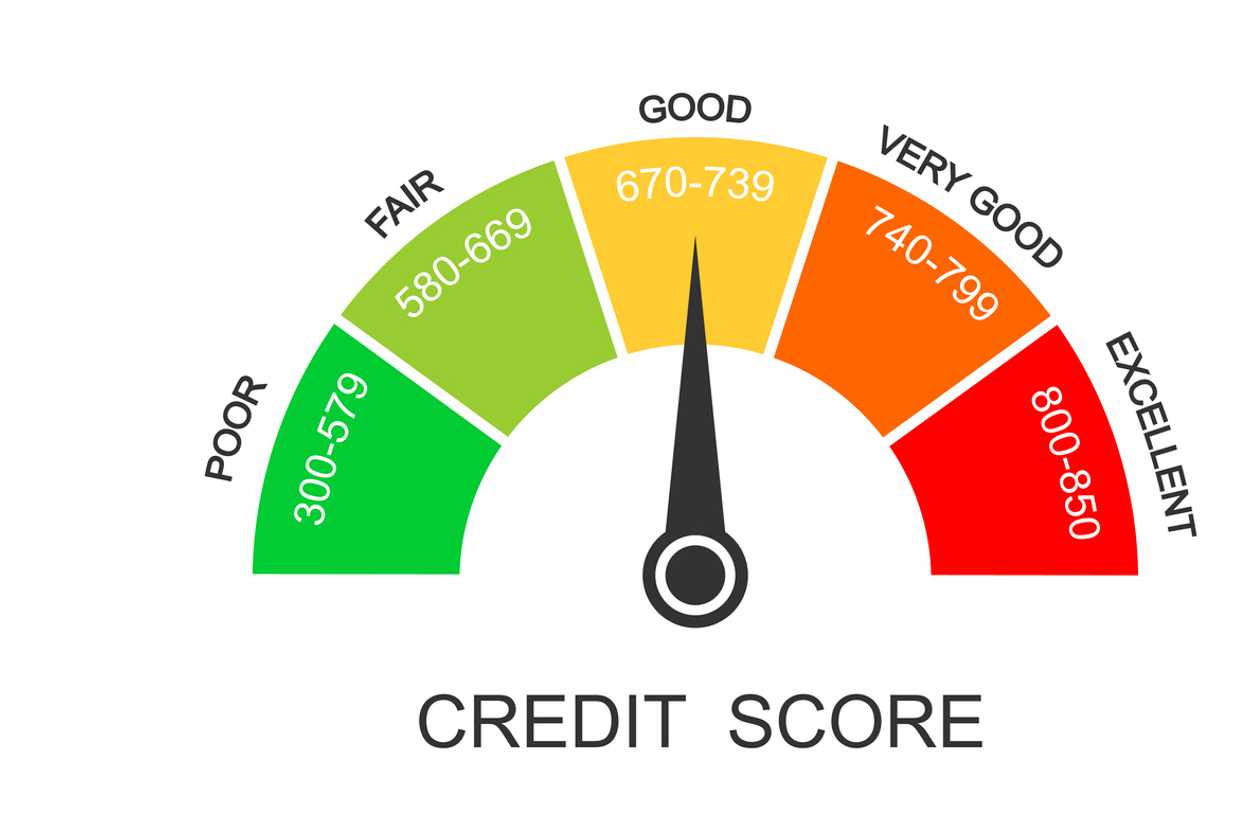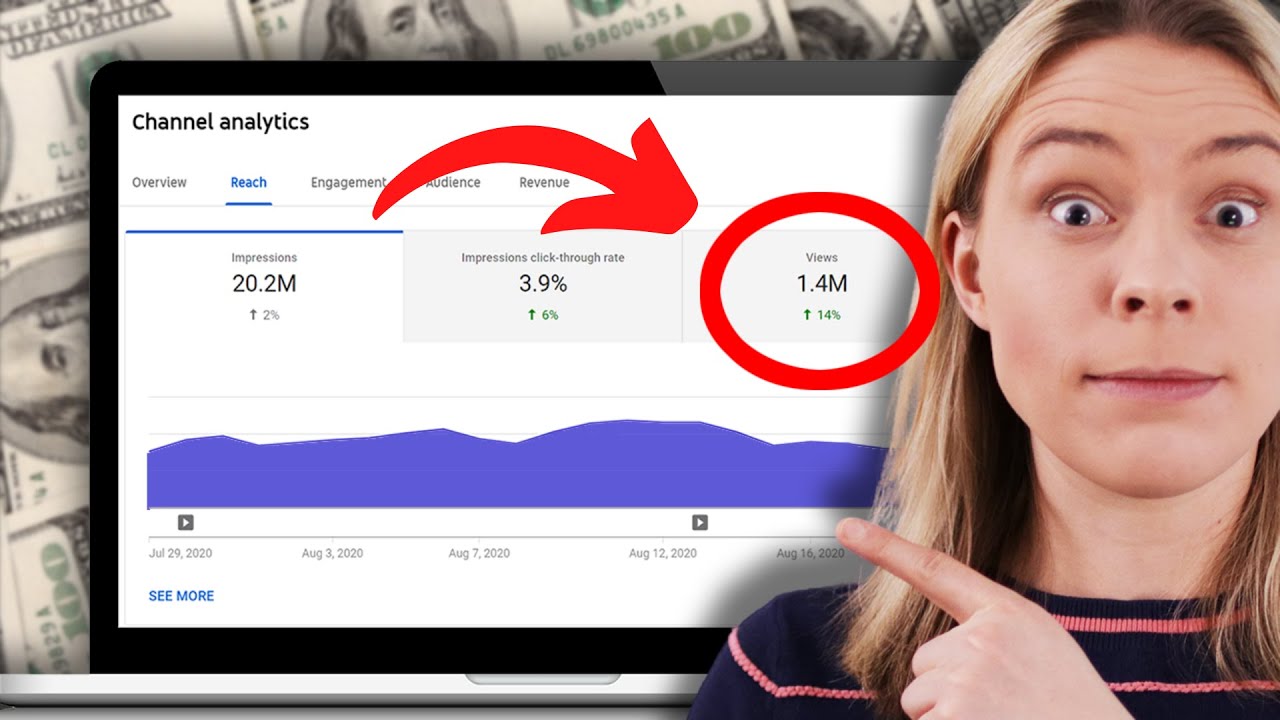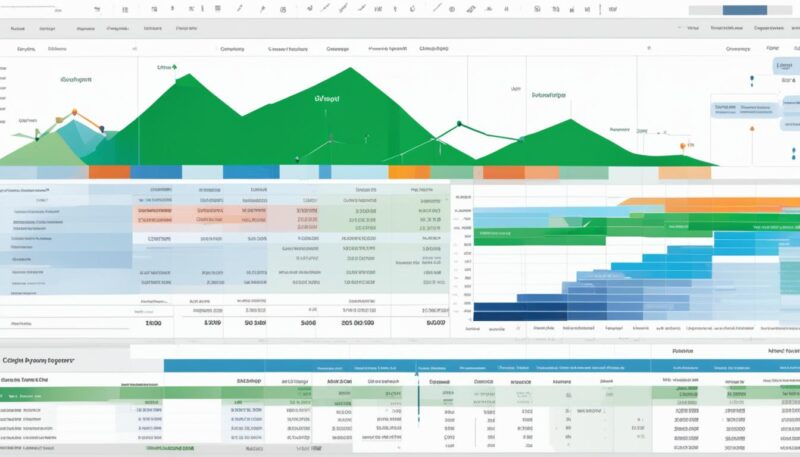With so many finance blogs on the internet, finding reliable ones can be a challenge. The internet is filled with financial advice that varies in quality. Many of these resources are written by genuine experts, but others are created by artificial intelligence (AI) with less reliable information. To avoid scams and ensure you’re reading valuable content, you need to know how to identify trustworthy sources.
Identifying AI-Generated Content

The rise of AI tools means more and more online content is generated by machines rather than humans. While some AI-written pieces can be useful, they often lack the depth and nuance that comes from human experience. Detecting AI-generated material is crucial when seeking reliable finance blogs.
One practical way to check if a blog is written by AI is by using an detector de IA. This tool helps to assess whether a piece was written by a machine or a person. A high percentage of AI detection suggests that the information might not be reliable, especially for complex financial topics.
Look for Author Credentials
One of the easiest ways to determine if a finance blog is reliable is by checking the author’s credentials. Trustworthy finance blogs usually have content written by individuals with relevant qualifications or experience. Look for authors with degrees in finance, accounting, or economics. Certifications like CFA (Chartered Financial Analyst) or CPA (Certified Public Accountant) are also indicators of expertise.
If a blog lacks author bios or any indication of who wrote the articles, that’s a red flag. Reliable bloggers take pride in their work and are usually transparent about their qualifications and experience. A trustworthy site will often provide links to the author’s LinkedIn profile or other professional pages, giving you an additional layer of trust.
Evaluate the Writing Style
AI-generated material often has a different feel compared to human-written blogs. AI tools can produce text that is technically correct but lacks the subtlety and personal touch found in human writing. You may notice repetitive phrases, awkward wording, or a lack of real-world examples.
Genuine financial experts often share personal experiences, case studies, or real-life scenarios to illustrate their points. The presence of such elements can indicate that the material is human-generated and more trustworthy.
Check for Updated Content

Finance is a constantly evolving field. Reliable finance blogs keep up with the latest trends, laws, and market conditions. Look for blogs that are regularly updated with new information. If a blog consistently publishes outdated or irrelevant material, it’s a sign that it might not be reliable.
Outdated articles suggest that the author or site administrator isn’t actively engaged in providing current, useful advice. Regular updates, on the other hand, indicate a commitment to delivering accurate and timely information, which is crucial in the fast-paced world of finance.
Examine the References
Another way to assess the reliability of a finance blog is by looking at the references and sources cited. High-quality blogs often link to credible sources, such as academic papers, government reports, or well-known financial institutions. They should provide clear evidence to back up their claims.
If a blog relies heavily on vague statements or doesn’t cite any sources, it’s wise to question the accuracy of the information. Reliable finance blogs are transparent about where they get their information, ensuring that readers can verify the facts for themselves.
Use Multiple Sources

Relying on a single blog for all your financial information is risky. Even the best sources can have biases or gaps in knowledge. To get a well-rounded understanding, read multiple blogs and cross-reference the information. If you find consistent advice across several reputable sources, it’s more likely to be accurate.
Diversity in sources helps you identify patterns and recognize when a particular blog may be promoting an unusual or risky idea. It also allows you to get different perspectives on the same topic, enhancing your overall understanding of the subject.
Conclusion
Finding reliable finance blogs requires some diligence, but the effort is worth it. By using tools like an AI checker, examining author credentials, and looking at writing style and references, you can avoid falling victim to AI-generated scams. Remember to check for updated information, be wary of sensational headlines, and cross-reference multiple sources. Always prioritize blogs that focus on delivering valuable, well-researched material rather than pushing products. Following these tips will help you find trustworthy financial advice that can guide you in making informed decisions.



